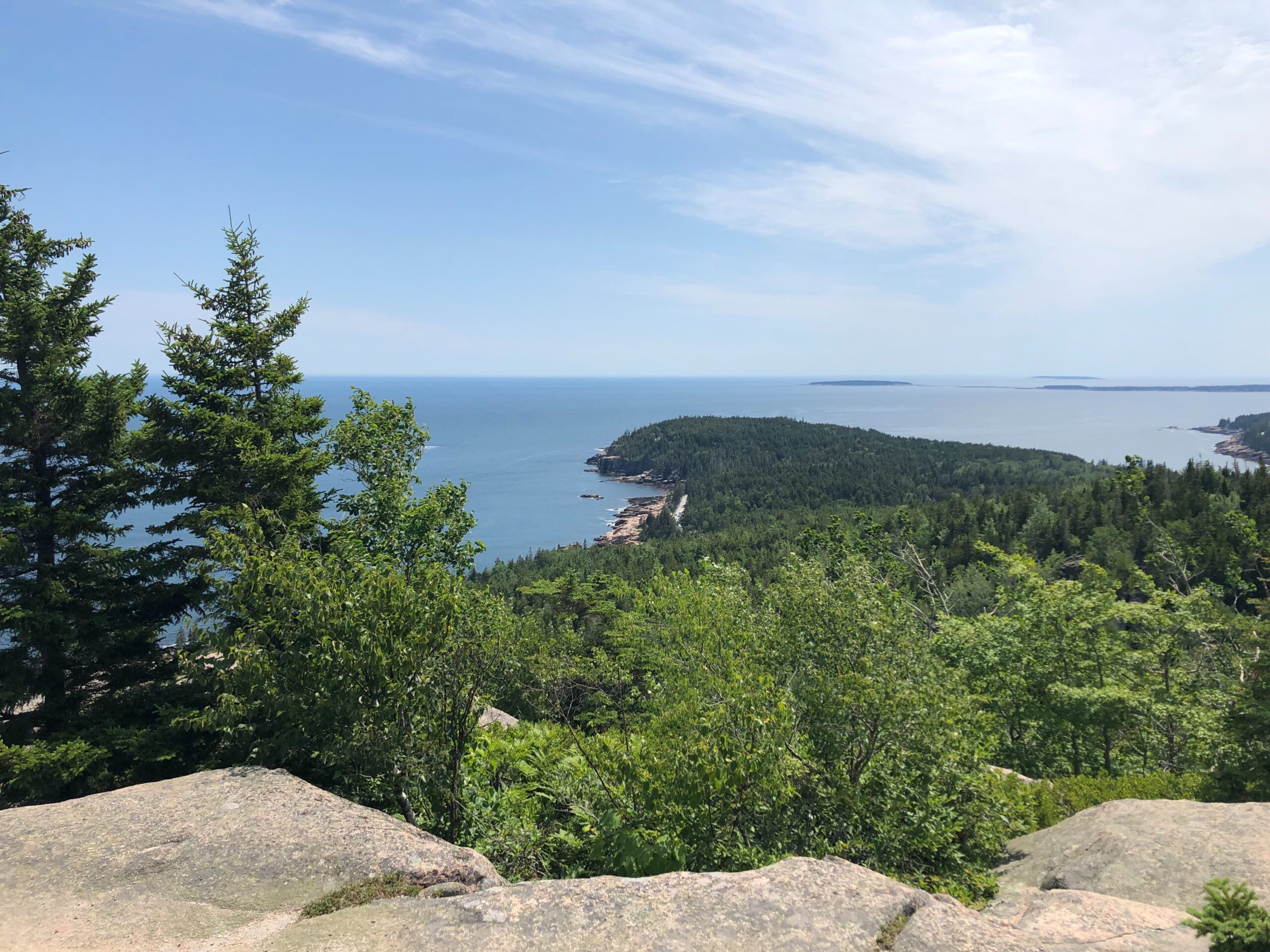
Feb 25, 2020
Questions We’re Asking This Week: The Maine Edition
Heron has had partnerships in Maine since our early days as a foundation. Now, we’re reexamining Maine as a community in transition. Here are some of the inquiries we’re chasing.

Heron has had partnerships in Maine since our early days as a foundation. Now, we’re reexamining Maine as a community in transition. Here are some of the inquiries we’re chasing.

At Heron, we try to use all the tools in our toolkit to finance organizations who are serving the people and communities we care about. Recently, we used two different tools to provide financing to Self Help Enterprises (SHE), an organization offering homeownership opportunities in the San Joaquin Valley.

In this post, we discuss our efforts to better integrate data as we try to understand the opportunities and challenges facing the San Joaquin Valley.

General operating support can provide nonprofit organizations with the flexibility to plan, innovate, and pivot in their work. So, why don’t more foundations provide general operating support as part of their grantmaking strategies? In this post, we chat with Mary Jo Mullan, a former and longtime member of the Heron team, about the importance of general operating support.

At Heron, we’re always looking for opportunities to better align our investments with our mission — which sometimes involves investing deliberately in specific geographies. Here is a spectrum of strategies that we look to when we are trying to invest in a specific place.

To convey our mission to our preexisting and prospective managers, Heron has created a Letter of Intent for our fixed income portfolio.

A few years ago, Heron gave a sizable grant to stimulate job growth in a city that had high rates of unemployment. While our intentions were good, our grant resulted in unintended consequences for the community— prompting us to reevaluate how we think about net contribution in a place.

When Heron declared its intention to invest 100% of its assets for mission, we needed to find new ways to track and visualize the portfolio as it changed over time. Six years later, we want to share where we stumbled in the process, what we have learned from our attempts, and where we are today.

In part two of a video series on nonprofit capitalization, Heron’s Rodney Christopher shares thoughts on assessing where an organization stands financially, and four capitalization goals to help ensure a nonprofit has the right kinds of money when various needs arise.

Part one of a video series on nonprofit capitalization: Heron’s Rodney Christopher discusses how the right approach to capitalization can be the difference between a nonprofit that struggles and one that thrives while pursuing its mission.